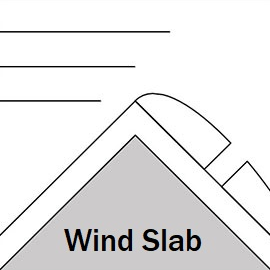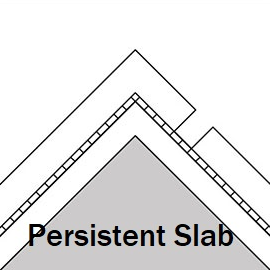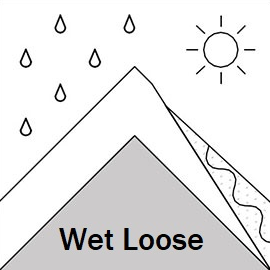Gudauri
Natural avalanches are possible, human-triggered avalanches are likely. Small avalanches in many areas, or large avalanches in specific areas, or very large avalanches in isolated areas.
Rain, new snow up high with wind, and a snowpack that is waterlogged in places and has old instabilities in other places, means that for now there are still dangerous conditions around Gudauri - and with the weather we have coming this week, it's not likely to change. Make sure you read our full forecast, and check out our links for support options - your help keeps this project alive.
Forecast issued at: 31 March 2025 16:30
Forecast valid until: 3 April 2025 16:30
Forecaster: Manu Greer
High Alpine
> 2600m
3 Considerable
Dangerous avalanche conditions. Careful snowpack evaluation, cautious route-finding and conservative decision-making essential.
Alpine
2000m - 2600m
3 Considerable
Dangerous avalanche conditions. Careful snowpack evaluation, cautious route-finding and conservative decision-making essential.
Sub Alpine
< 2000m
2 Moderate
Heightened avalanche conditions on specific terrain features. Evaluate snow and terrain carefully; identify features of concern.
Avalanche Problems
Wind Slab

Strong SW and S winds with new snow will build dense, reactive slabs near ridges, which if triggered could also trigger older layers.
| Sensitivity | The specific avalanche problem type is highly reactive to human rider triggers. |
| Distribution | Specific areas, with common characteristics. Evidence for instabilities exists, but it is not obvious and finding it requires careful observations. |
| Time of Day | All day |
| Trend | Deteriorating |
| Confidence | Moderate |
Persistent Slab

Weak facet layers in the lower half of the snowpack, in high alpine shady areas, could create a very large avalanche event if triggered. The extra weight of recent snow, as well as the warming trend, makes these avalanches more likely. Try to minimise your exposure to large paths, and avoid common trigger points such as areas near rocks or steep convex roll-overs. Look out for whumphing, cracking and recent avalanches - these signs tell you the snow is unstable and you should stick to safe terrain only. Avalanches could still be triggered from a distance.
| Sensitivity | The specific avalanche problem type is difficult to trigger with a human rider. |
| Distribution | Specific areas, with common characteristics. Evidence for instabilities exists, but it is not obvious and finding it requires careful observations. |
| Time of Day | All day |
| Trend | Improving |
| Confidence | Moderate |
Loose Wet

Rain, wet snow and sunny periods with a high freeezing level keeps this danger going. Watch out when the sun pokes out on Tuesday - the new snow will start to move in steep areas, especially near rocks. Avoid any steep areas at lower elevations as any snow left could easily move.
| Sensitivity | The specific avalanche problem type is reactive to human rider triggers. Easy to trigger with ski cut. |
| Distribution | Many locations. Evidence for instabilities is frequently found, in many locations. |
| Time of Day | All day |
| Trend | Deteriorating |
| Confidence | High |
Recent Avalanches and Snowpack
Recent Avalanches:
Multiple loose wet slides, most aspects and all elevations, observed last few days, up to size 2.
Multiple natural and triggered slab avalanches in high alpine zone, 24th - 27th, N, NE and NW aspects, size 2 to 4.
Snowpack:
Warm temperatures, greenhouse effect and rain to high elevations has pumped a lot of heat and water into the snowpack. Lower than 2500m the snow is disappearing rapidly. Previously, a cohesive, reactive slab had formed above older layers on high alpine shaded areas, with propagating failures found in tests. Warming may have made this problem worse for a while. Strong SW winds and a little new snow at high elevations will cause a new danger. Loose snow slides or wet slabs are still likely in most places.
Weather
A weather system bringing rain at low elevations and snow up high, along with some strong SW and S winds, will affect the regions for a few days - although Tuesday looks to be dry with some sun.
Disclaimer
Our avalanche forecasters are internationally qualified and experienced professionals, and data is provided by skilled observers. We encourage you to make your own observations and decisions, without relying solely on our forecast, since any forecast is a generalised 'best guess', and in certain cases it might be inaccurate. We can not be held liable for any actions you take in the backcountry that may result in injury, loss or death.